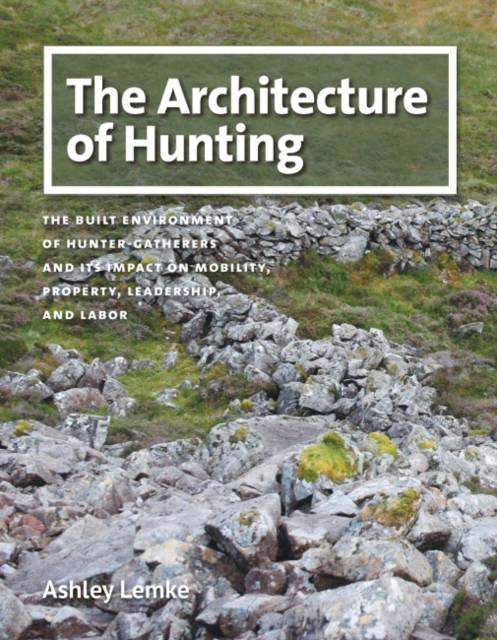
- Retrait gratuit dans votre magasin Club
- 7.000.000 titres dans notre catalogue
- Payer en toute sécurité
- Toujours un magasin près de chez vous
- Retrait gratuit dans votre magasin Club
- 7.000.0000 titres dans notre catalogue
- Payer en toute sécurité
- Toujours un magasin près de chez vous
The Architecture of Hunting
The Built Environment of Hunter-Gatherers and Its Impact on Mobility, Property, Leadership, and Labor
Ashley LemkeDescription
As one of the most significant economic innovations in prehistory, hunting architecture radically altered life and society for hunter-gatherers. The development of these structures indicates that foragers designed their environments, had a deep knowledge of animal behavior, and interacted with each other in complex ways that reach beyond previous assumptions.
Combining underwater archaeology, terrestrial archaeology, and ethnographic and historical research, The Architecture of Hunting investigates the creation and use of hunting architecture by hunter-gatherers. Hunting architecture--including blinds, drive lanes, and fishing weirs--is a global phenomenon found across a broad spectrum of cultures, time, geography, and environments. Relying on similar behaviors in species such as caribou, bison, guanacos, antelope, and gazelles, cultures as diverse as Sami reindeer herders, the Inka, and ancient bison hunters on the North American plains have employed such structures, combined with strategically situated landforms, to ensure adequate food supplies while maintaining a nomadic way of life.
Using examples of hunting architecture from across the globe and how they influence forager mobility, territoriality, property, leadership, and labor aggregation, Ashley Lemke explores this architecture as a form of human niche construction and considers the myriad ways such built structures affect hunter-gatherer lifeways. Bringing together diverse sources under the single category of "hunting architecture," The Architecture of Hunting serves as the new standard guide for anyone interested in hunter-gatherers and their built environment.
Spécifications
Parties prenantes
- Auteur(s) :
- Editeur:
Contenu
- Nombre de pages :
- 270
- Langue:
- Anglais
- Collection :
Caractéristiques
- EAN:
- 9781623499228
- Date de parution :
- 09-03-22
- Format:
- Livre relié
- Format numérique:
- Genaaid
- Dimensions :
- 218 mm x 282 mm
- Poids :
- 929 g

Les avis
Nous publions uniquement les avis qui respectent les conditions requises. Consultez nos conditions pour les avis.






